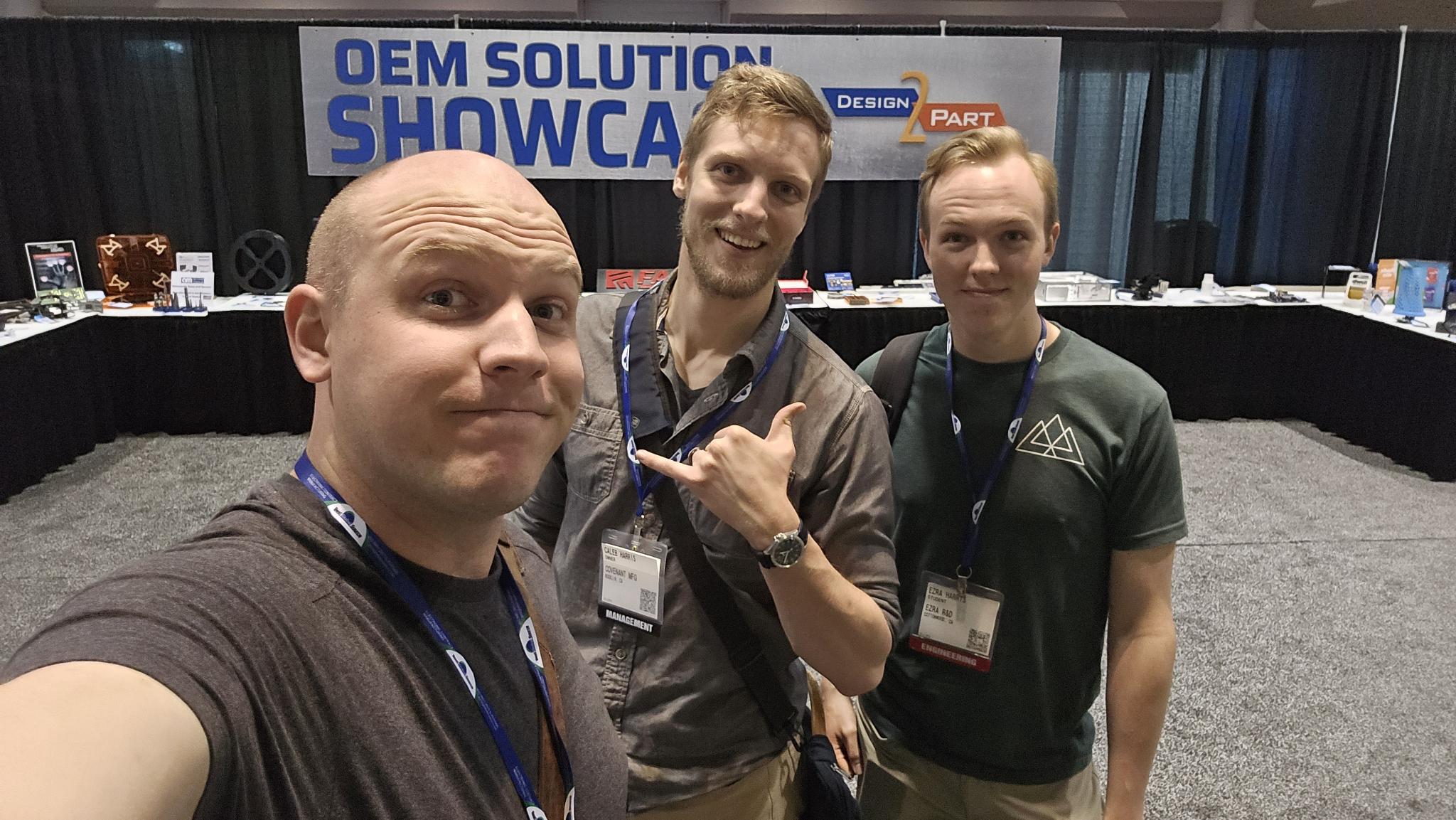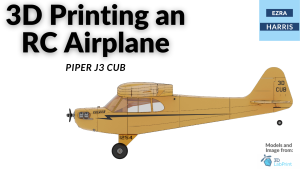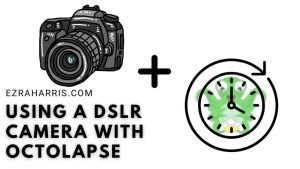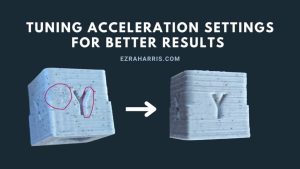Category: 3D Printing
-

Design 2 Part 2025
Yesterday, my two brothers (Jonathan and Caleb) and I attended the Design 2 Part trade show in Santa Clara. Design 2 part is an annually hosted trade show mostly aimed at connecting suppliers for parts and manufacturing. Whether it was CNC, 3D printing, EDM, or casting, they had a ton of different vendors that offered…
-

3D Printing an RC Plane
I spent about three weeks working on 3D printing an RC plane. I had initially searched for a somewhat easy RC plane to print and assemble as I’ve never had any experience with RC vehicles in general. I eventually found a good model that was both free and looked simple enough for me to be…
-

Using a DSLR Camera with Octolapse for Stunning 3D Printing Timelapses
Recently I bought a used Canon SL1 camera; it’s an old but great camera to use as a webcam or any general-use camera taking. One benefit is that it works with a lot of software using the USB port to capture a live video feed from the camera. When using the USB port it does…
-

Tuning Acceleration on my 3D Printer
Yesterday I got my Printrbot Simple Metal plus running, I had gotten it previously running, but it had significant build issues, mainly with no ease of access of the motherboard, when I designed the adapter for the SKR 1.4 motherboard to fit into the old Printrbot motherboard slot, I had no way of accessing the…